Case Studies
The determination of building data to estimate the risks and costs is becoming increasingly important—not only to developers, planners, and builders, but to property owners as well. Many customers are becoming more sustainability and durability-conscious. This places greater pressure on developers to invest in emerging technologies to drive efficiencies that boost profits and structural safety. Despite our technology’s recent introduction to the US, we have a catalog of case studies to demonstrate the efficacy and value.
Enhancing Structural Integrity at Aman Resort, Miami
Aman Resort in Surfside, Miami, FL, is undergoing a remarkable restoration and new build project that blends historical preservation with modern luxury. This ambitious development incorporates the preserved facades of a historic villa integrating them into a new luxury hotel. The project includes two below-ground floors made of reinforced concrete and fifteen above-ground floors constructed with post-tensioned slabs.
To monitor and protect this architectural vision for the next 80 years, we’ve installed a state-of-the-art Structural Health Monitoring (SHM) system specifically designed to withstand Miami’s coastal climate. This advanced system includes a network of humidity and corrosion sensors embedded within the concrete structure, which continuously collect data on key factors like moisture and corrosion levels. These readings are transmitted to a secure cloud network. Real-time monitoring provides an essential layer of protection against the risks of long-term structural deterioration caused by humidity, chloride ions, and saltwater exposure.
Our SHM technology is versatile and adaptable to various types of structures—from heritage sites to modern builds—ensuring enhanced durability and longevity. This collaboration with Aman Resort represents a shared commitment to innovative, forward-thinking building management that preserves Miami’s architectural legacy while promoting sustainable, resilient development for the future.
Monitoring and assessments of bridges
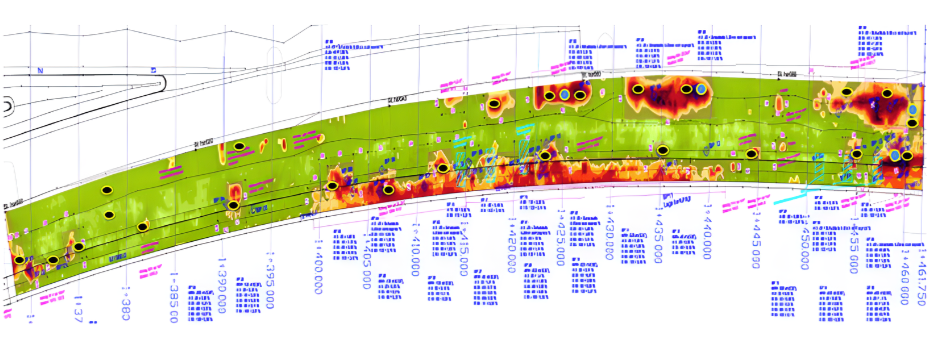
Innovative Corrosion Monitoring Solution for Koblenz Bridge
In a pioneering effort to extend the lifespan of the historic Koblenz Bridge, originally constructed in the 1950s, a comprehensive restoration project was undertaken to address severe chloride contamination. This initiative involved meticulous sandblasting of the bridge deck to remove contaminants, identified through an advanced half-cell potential survey. This survey pinpointed critical vulnerability zones, notably around anchor block locations, bridge joints, and drainage systems.
To ensure proactive maintenance and longevity, Itek implemented a state-of-the-art early warning system. By strategically placing pairs of corrosion and humidity sensors in the identified red zones—areas most susceptible to corrosion—this system monitors in real-time the ingress of moisture and the onset of corrosion. This innovative approach not only safeguards the structural integrity of Koblenz Bridge but also sets a benchmark for future infrastructure maintenance strategies, emphasizing prevention over repair.
New Construction
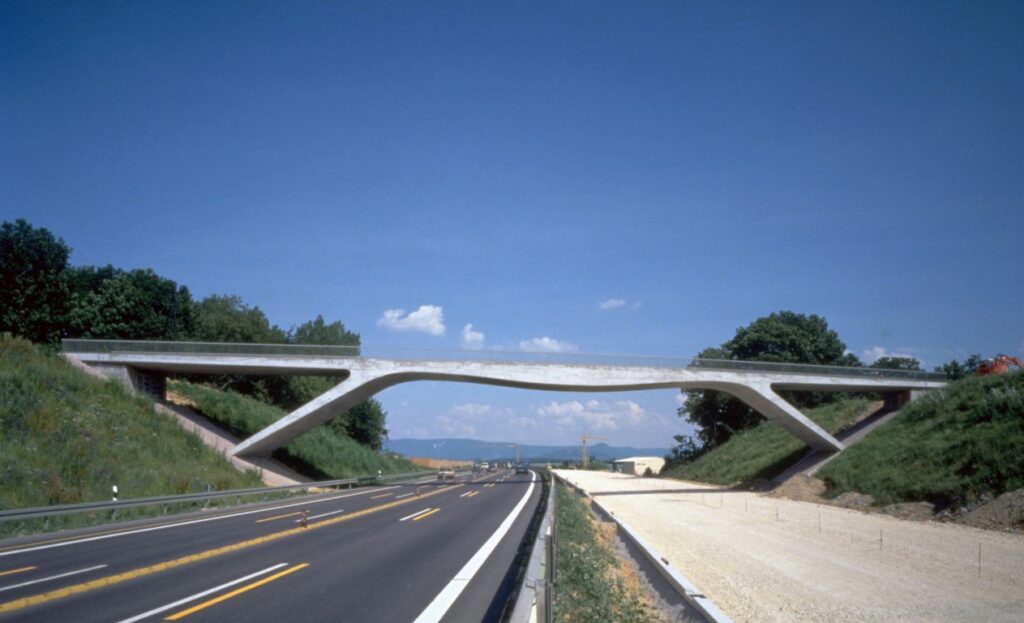
Overpass Autobahn A8
Monitoring solutions for new bridges
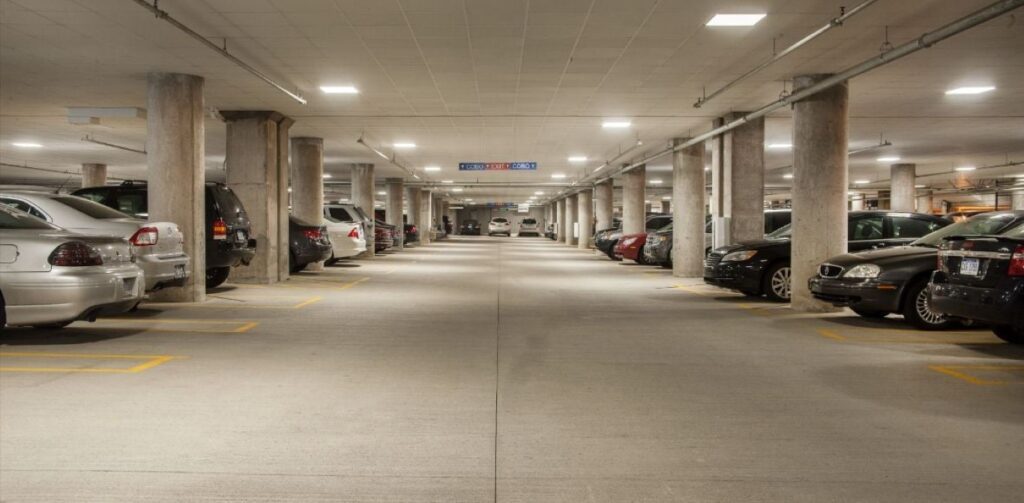
New Parking Garage
Monitoring solutions for new parking decks
Repair / Maintenance
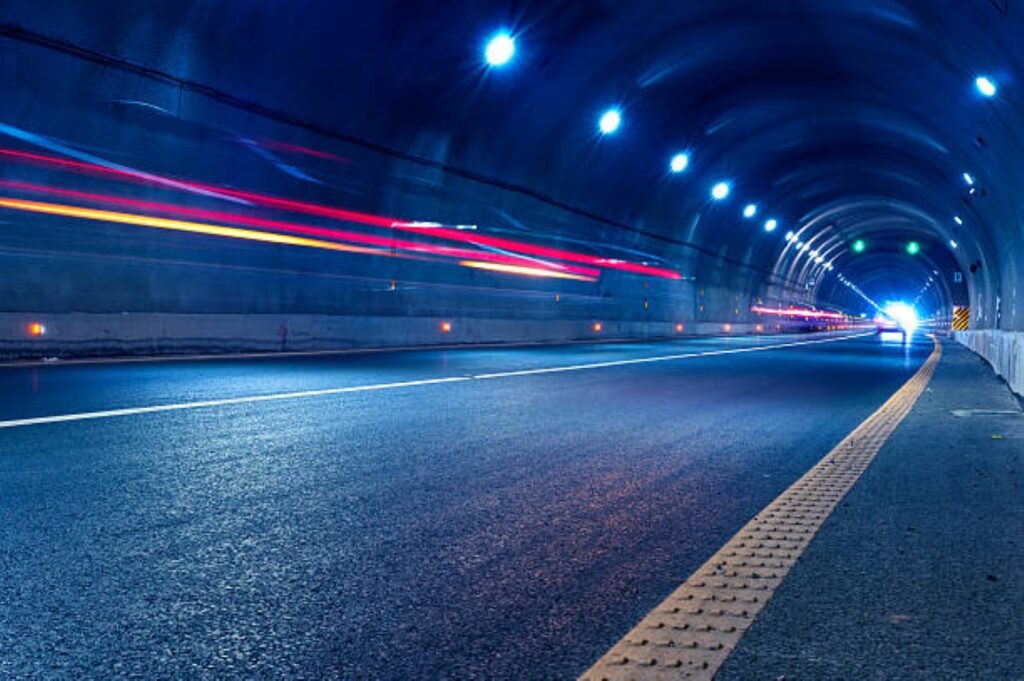
Tunnel Restoration
Monitoring solutions for tunnels
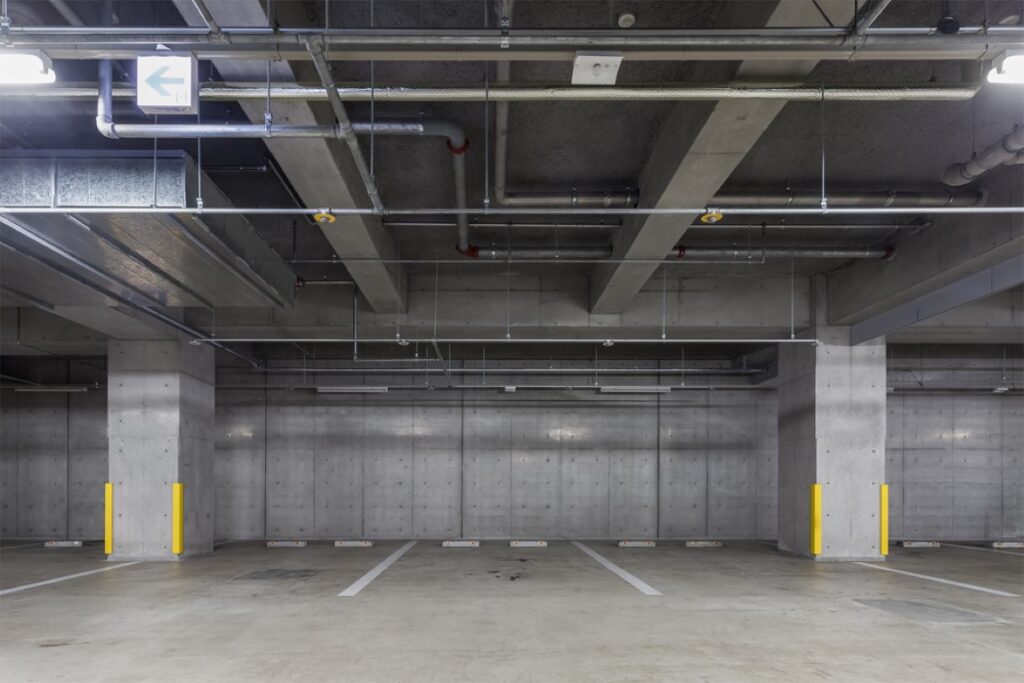
Parking Garage Restoration
Monitoring solutions for parking garages
Important parameters for the assessment of the building substance:
External Parameters
- Climate (Outer Temperature + Humidity + Dehumidification)
- Loading frequency
- Salt entry (The atmosphere. Salt dispersion during cold weather)
Internal parameters
- Moisture
- Temperature
- Corrosive influences
- Density
- Aging